Tay Ninh is a province in the Southeast region of Vietnam, with a natural area of 4,035.45 km2 and a population of about 1,064,000 people.
Geographical location: The province currently has 9 administrative units including Tay Ninh City and 8 districts. Tay Ninh City is the economic - political - cultural center of the province, 99 km northwest of Ho Chi Minh City on National Highway 22.
Tay Ninh province is located in the Southern key economic zone; the West and North border the Kingdom of Cambodia with a 240 km long border, with 2 international border gates (Moc Bai, Xa Mat), 4 main border gates, 10 secondary border gates; the East borders Binh Duong and Binh Phuoc provinces, the South borders Ho Chi Minh City and Long An province. Moc Bai international border gate is 70 km from Ho Chi Minh City and 100 km from Phnom Penh - Cambodia. Tay Ninh has important traffic axes such as the Trans-Asia Highway, National Highway 22B; ...
Terrain: Tay Ninh terrain is relatively flat, with good engineering geology and soil mechanics. Building a foundation is inexpensive and very favorable for developing agriculture, industry, trade, services, tourism and infrastructure.
Climate: Tay Ninh's climate is relatively mild, divided into two distinct seasons: rainy season and dry season. The average annual rainfall is from 1800 - 2200 mm, the average humidity during the year is about 70 - 80%.
Tay Ninh is affected by two main types of wind: West - Southwest wind in the rainy season and North - Northeast wind in the dry season. The wind speed is 1.7 m/s and blows moderately throughout the year. Tay Ninh's average annual temperature is 27.4 0 C, with abundant sunlight all year round, with an average of 6 hours of sunshine per day. On the other hand, Tay Ninh is less affected by storms, floods and other unfavorable factors. Tay Ninh's climate is very favorable for diverse agricultural development, especially industrial crops, fruit trees, medicinal herbs and large-scale livestock and poultry farming.
Soil resources: there are 5 main soil groups with 15 different soil types
+ The gray soil group (including 6 types) covers an area of 339,833 hectares, accounting for about 84.4% of the natural area and distributed throughout the province. This type has light mechanical composition, good drainage, suitable for many types of crops.
+ Acid sulfate soil group (including 3 types) with a total area of 25,359 hectares, accounting for 6.3% of the natural area, mainly distributed in Chau Thanh, Go Dau, Trang Bang.
+ The red-yellow soil group (including 3 types) accounts for a small proportion, about 1.6% of the natural area, mainly distributed in Tan Bien and Tan Chau districts. This type of soil can be used for forestry development.
+ Alluvial soil group (including 2 types) accounts for 0.4% of the natural area, formed by the sediment of rivers, so it is suitable for growing rice and vegetables.
+ The buried peat soil group has a very small area, accounting for only 0.3% of the province's natural area. Mainly distributed in Ben Cau and Chau Thanh districts... this is a very acidic soil, both the surface layer and the peat layer, with a pH of 2 - 3. The organic matter content is very high, but the resolution is poor.
Water resources: Tay Ninh's surface water resources mainly depend on the operation of two major rivers, the Saigon River and the Dong Nai River.
Mineral resources: Tay Ninh has potential for some types of minerals used for construction materials, including minerals for cement, which many provinces in the region do not have; clay for bricks, tiles, stone, and construction sand, which some surrounding provinces have limitations. The reserves of minerals used for construction materials are quite large and of good quality.
Culture and tourism potential: Tay Ninh has many potentials to develop most types of tourism such as:
+ Ba Den Mountain - the highest mountain in the South, located in the middle of the plain, has a beautiful story of loyalty, has high spiritual value and is a pilgrimage and sightseeing destination for over 2 million tourists every year. There are also mysterious caves, dangerous paths to the top of the mountain and the heroic history of a resistance base... is the basis for developing types of exploration, adventure, and origin tourism... Ma Thien Lanh area is a valley nestled between 3 mountains, with a cool climate, making it an ideal location for a high-class resort and entertainment area.
Black Lady Mountain
Tay Ninh is a locality rich in revolutionary tradition. Tay Ninh forest is the headquarters of the Central Office of the South, the leading agency of the Southern revolution. Tua Hai with its historic victory is associated with the Dong Khoi movement. Duong Minh Chau war zone - the place where the National Liberation Front of the South was launched... In addition, Tay Ninh has many other places associated with the resistance war against foreign invaders such as Boi Loi base, An Thoi tunnels... Researching the source has a lot of potential for development.
+ The Cao Dai Holy See is the center of the Cao Dai religion, a religion that was born in Tay Ninh in 1926. With the unique architecture of the Holy See, the music of high cultural value, the big festivals in January and August... the Tay Ninh Holy See is a unique feature of Tay Ninh that attracts millions of domestic and foreign tourists every year.
Holy See of Tay Ninh
+ Dau Tieng Lake is 27,000 hectares wide with Nhim Island of 340 hectares wide, an ideal location for an international eco-tourism, resort and entertainment area.
+ Lo Go - Xa Mat National Park is 40 km from Tay Ninh town, with an area of 18,765 hectares and has high biodiversity value. There are many species of animals and plants listed in the Vietnam Red Book. Therefore, it is very suitable for developing eco-tourism and scientific research.
Tay Ninh has an important position connecting Ho Chi Minh City and famous tourist destinations in Cambodia: from Ho Chi Minh City to Phnom Penh via Moc Bai border gate about 170 km, to Siem Reap via Xa Mat border gate about 400 km. Therefore, connecting and creating tours between Tay Ninh with provinces in the country, with Cambodia and other countries by road has a lot of potential for development.
Tay Ninh can develop most types of resort, ecological, spiritual, entertainment tourism, etc. However, tourism infrastructure and services have not yet developed commensurately and are in the early stages of completion, so many great opportunities are waiting for domestic and foreign investors to explore and realize their unique ideas.
Provincial Information Portal



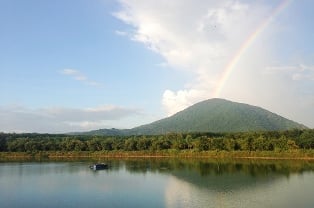
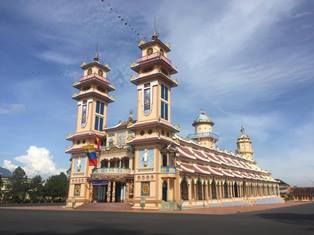
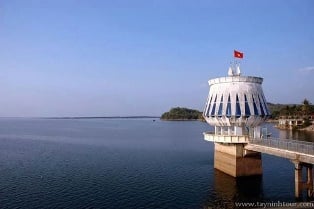


![[Photo] General Secretary To Lam attends the 80th anniversary of Vietnam's diplomacy](https://vphoto.vietnam.vn/thumb/1200x675/vietnam/resource/IMAGE/2025/8/25/3dc715efdbf74937b6fe8072bac5cb30)
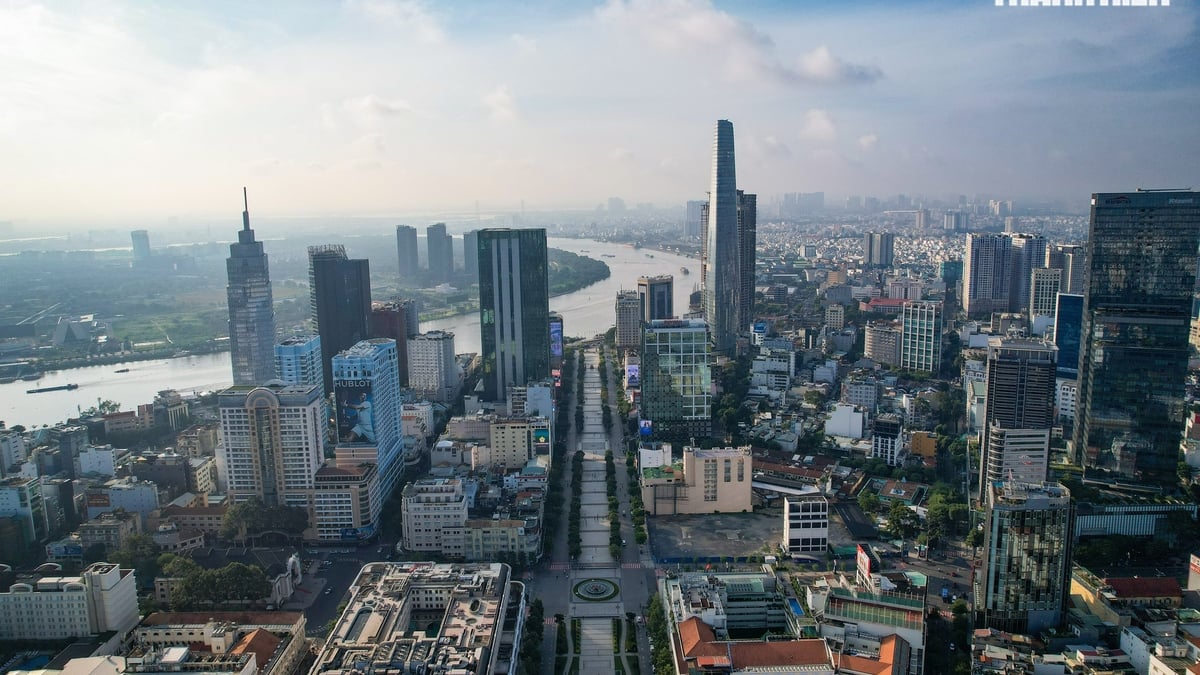








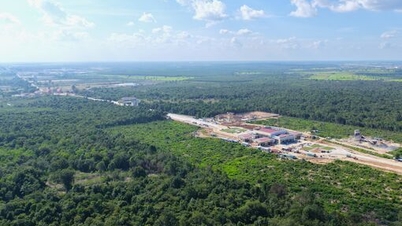




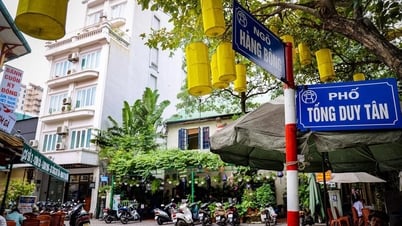
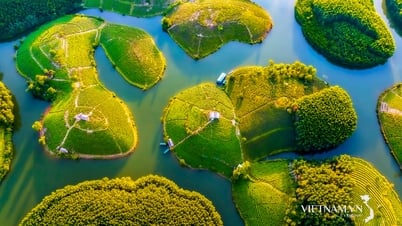







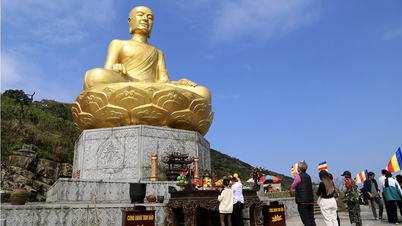

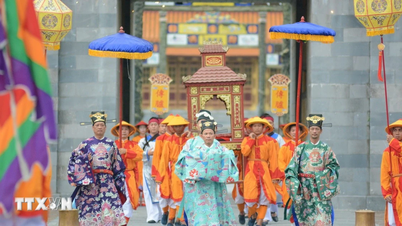

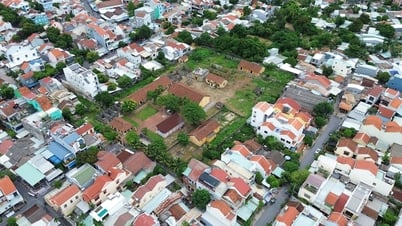

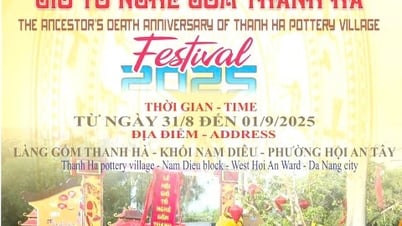







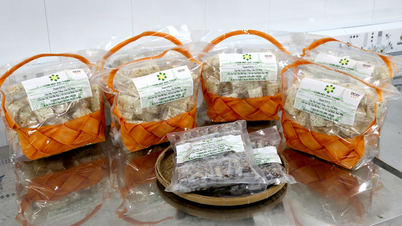








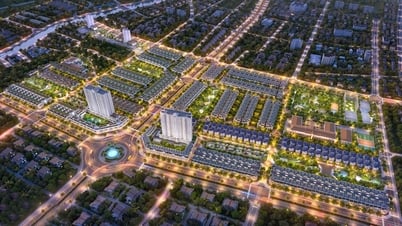


![[E-Magazine] Petrovietnam – Strong steps to realize the “Epochal Transformation”](https://vphoto.vietnam.vn/thumb/402x226/vietnam/resource/IMAGE/2025/8/25/e745baade70f4e1e96f5314f65eac658)

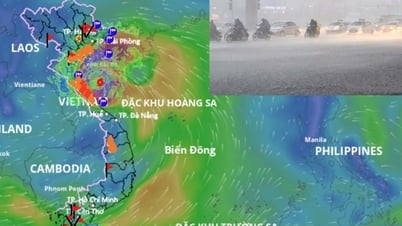






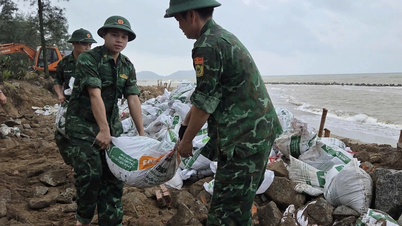
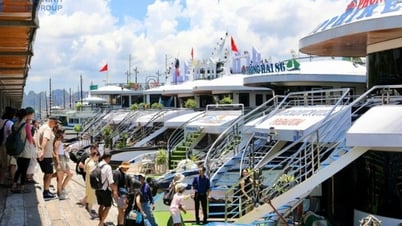







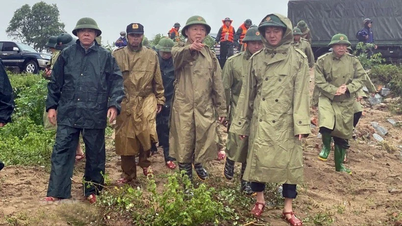

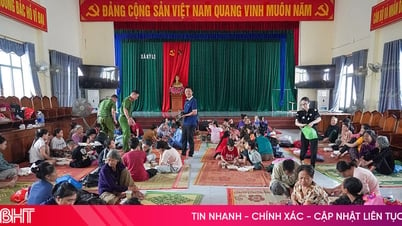

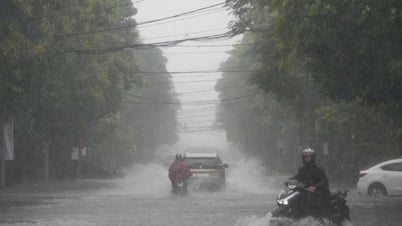









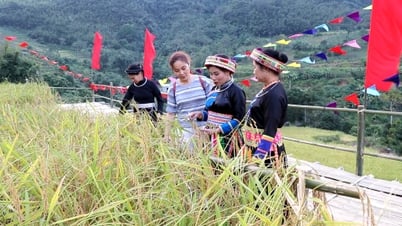


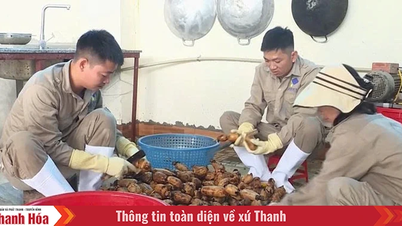

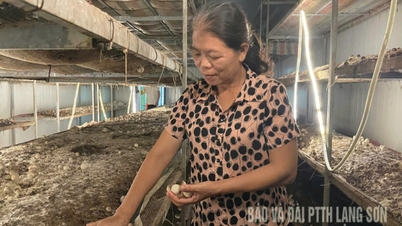



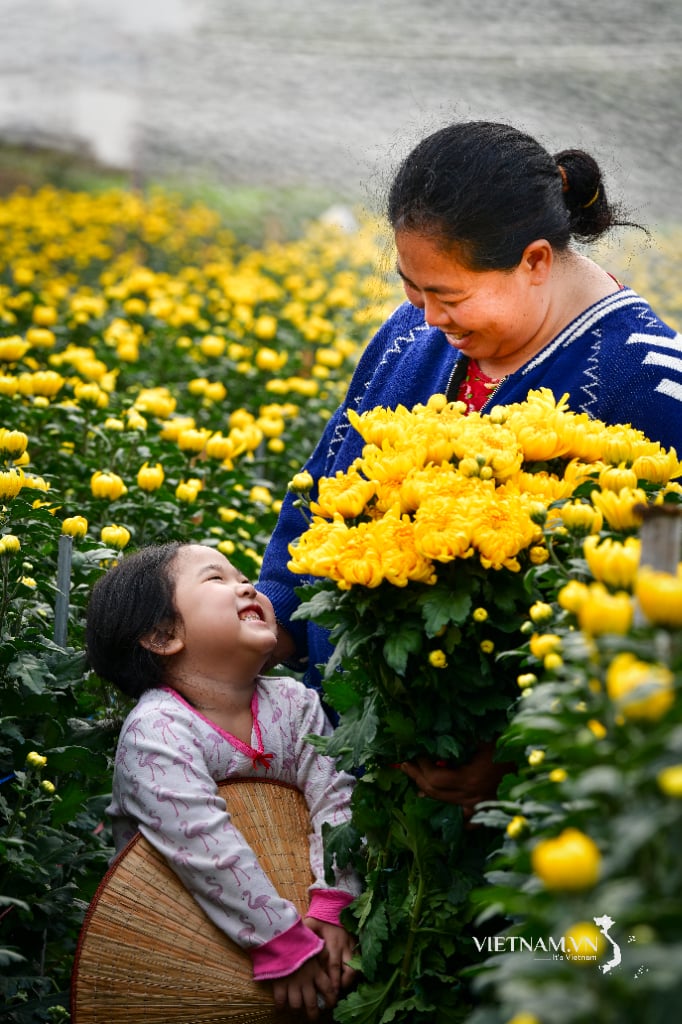
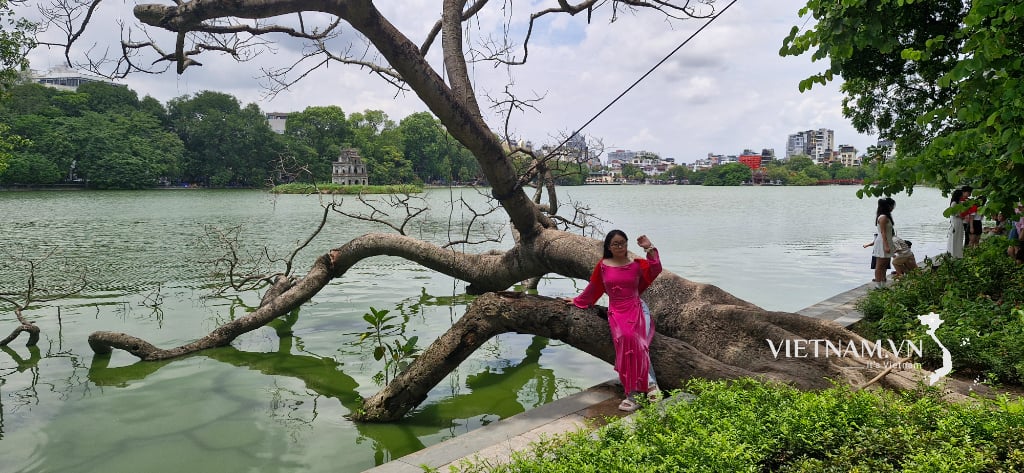

Comment (0)